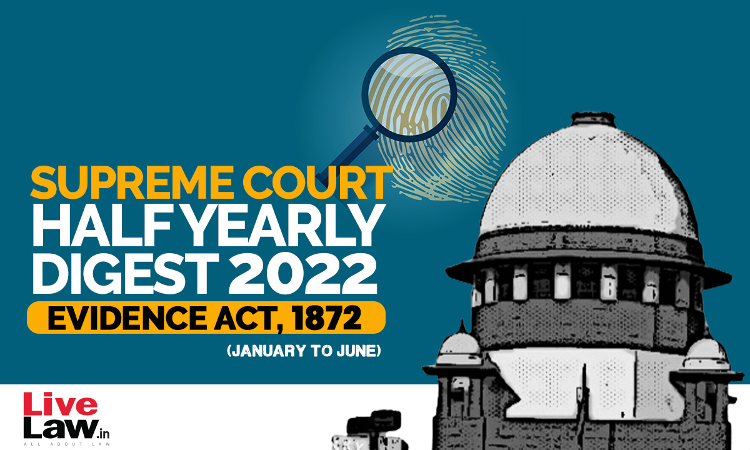Supreme Court Half Yearly Digest 2022 (Jan - Jun) EVIDENCE ACT- With Parallel Citations
LIVELAW NEWS NETWORK
18 Aug 2022 2:16 PM IST

Next Story
18 Aug 2022 2:16 PM IST
Evidence Act, 1872 - "Matters" - Matters are necessary, concomitant material factors to prove a fact. All evidence would be "matters" but not vice versa. In other words, matters could be termed as a genus of which evidence would be a species. Matters also add strength to the evidence giving adequate ammunition in the Court's sojourn in deciphering the truth. Thus, the definition of...
